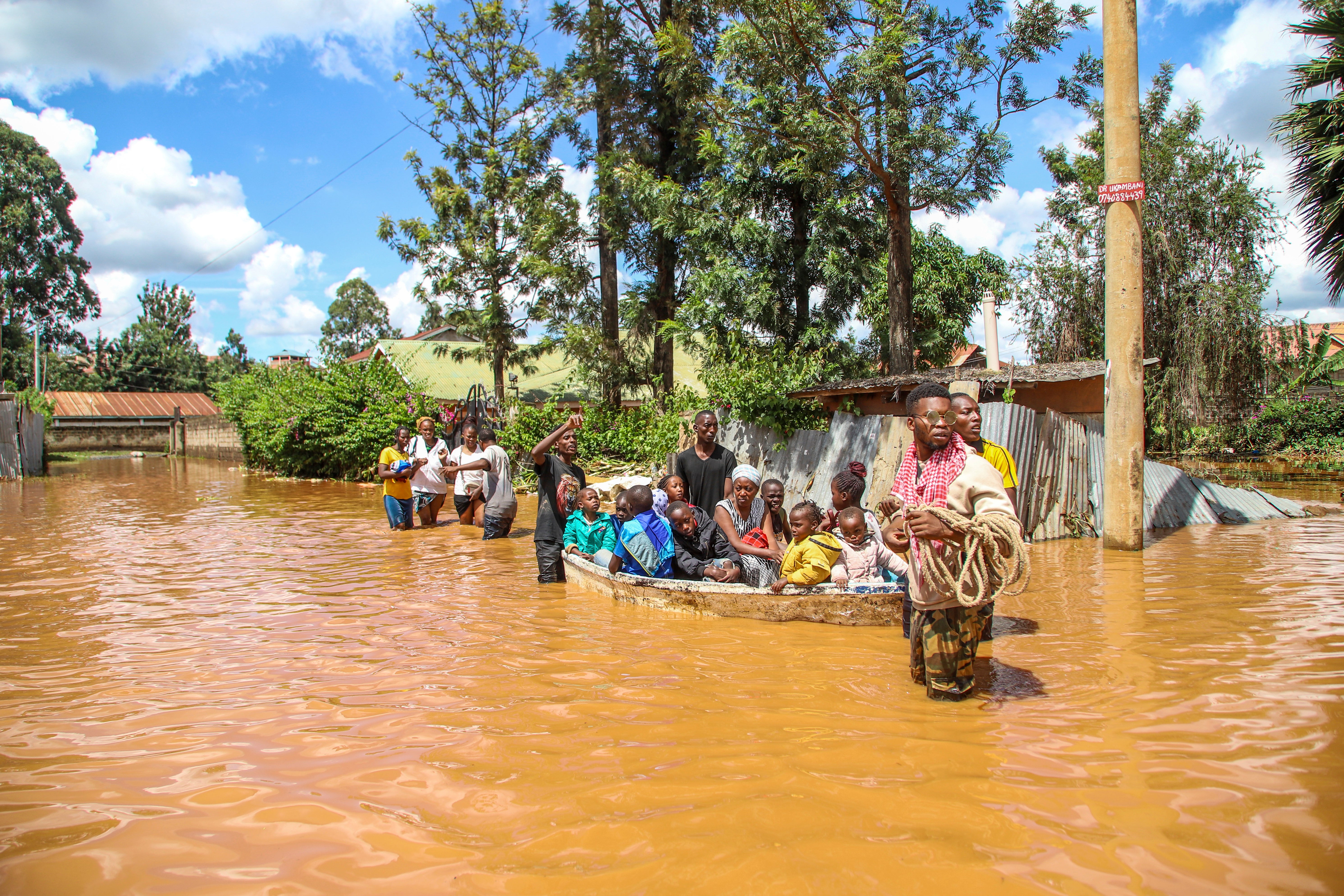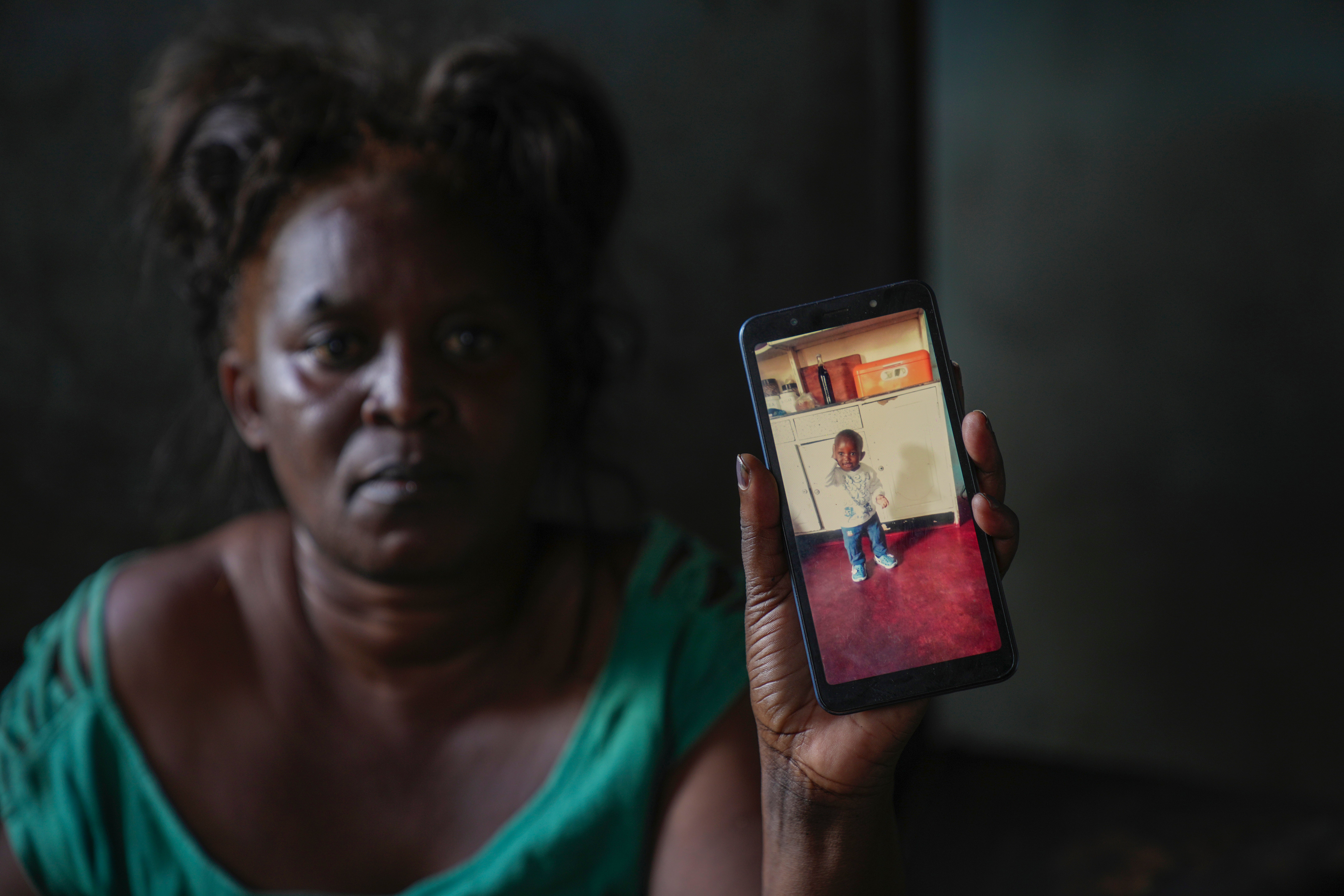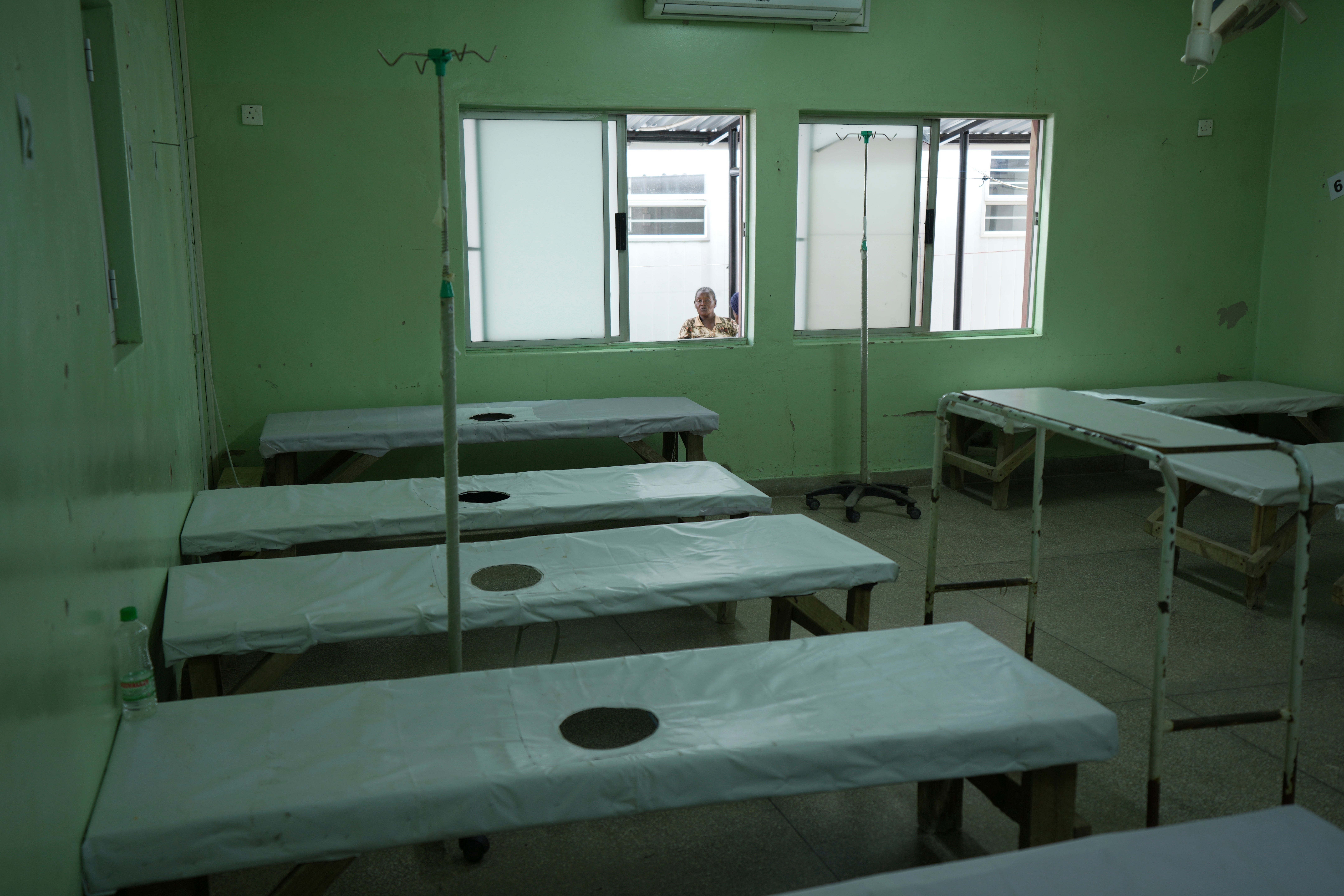Why Africa’s deadly cholera crisis is worse than ever
Nearly 350,000 cases have been reported in the past four years, with 6,000 lives lost

Extreme weather events, including tropical storms, floods, and drought, have ravaged parts of Africa over the past three years, leading to widespread hunger and displacement.
These events have also left a deadly consequence: a surge in cholera outbreaks.
Since late 2021, over 6,000 lives have been lost, and nearly 350,000 cases reported across southern and East Africa.
Malawi and Zambia are experiencing their worst outbreaks on record, while Zimbabwe has endured multiple waves. Mozambique, Kenya, Ethiopia, and Somalia have also been significantly impacted. These nations have all faced floods, droughts, or in some instances, both.
Health authorities, scientists, and aid agencies now recognise this unprecedented rise in cholera as another example of how extreme weather fuels disease outbreaks.
Tulio de Oliveira, a South Africa-based scientist specialising in diseases in developing nations, said: "The outbreaks are getting much larger because the extreme climate events are getting much more common."
Mr De Oliveira, who led the team that identified new coronavirus variants during the Covid-19 pandemic, said that southern Africa's recent outbreaks can be linked to the cyclones and floods that struck Malawi in late 2021 and early 2022. These events spread cholera bacteria to new areas, exacerbating the crisis.

Zimbabwe and Zambia have seen cases rise as they wrestle with severe droughts and people rely on less safe sources of water in their desperation like boreholes, shallow wells and rivers, which can all be contaminated. Days after the deadly flooding in Kenya and other parts of East Africa this month, cholera cases appeared.
The World Health Organization calls cholera a disease of poverty, as it thrives where there is poor sanitation and a lack of clean water. Africa has had eight times as many deaths this year as the Middle East, the second-most affected region.
Historically vulnerable, Africa is even more at risk as it faces the worst impacts of climate change as well as the effect of the El Niño weather phenomenon, health experts say.
In what's become a perfect storm, there's also a global shortage of cholera vaccines, which are needed only in poorer countries.
“It doesn’t affect countries with resources,” said Dr Daniela Garone, the international medical coordinator for Doctors Without Borders, also known by its French acronym MSF. “So, it doesn’t bring the resources.”

Billions of dollars have been invested into other diseases that predominantly affect the world's most vulnerable, like polio and tuberculosis, largely because those diseases are highly contagious and could cause outbreaks even in rich countries. But that's not the case with cholera, where epidemics remain contained.
WHO said this month there is a “critical shortage” of oral cholera vaccines in the global stockpile. Since the start of 2023, 15 countries — the desperate few — have requested a total of 82 million doses to deal with deadly outbreaks while only 46 million doses were available.
There are just 3.2 million doses left, below the target of having at least 5 million in reserve. While there are currently cholera epidemics in the Middle East, the Americas and Southeast Asia, Africa is by far the worst-affected region.
Vaccines alliance GAVI and UNICEF said last month that the approval of a new cholera vaccine would boost stocks. But the result of the shortage has already been measured in deaths.
Lilanda, a township on the edge of the Zambian capital of Lusaka, is a typical cholera hot spot. Stagnant pools of water dot the dirt roads. Clean water is like gold dust. Here, over two awful days in January, Mildred Banda saw her one-year-old son die from cholera and rushed to save the life of her teenage daughter.

Cholera shouldn't be killing anyone. The disease is easily treated and easily prevented — and the vaccines are relatively simple to produce.
That didn't help Ms Banda's son, Ndanji.
When he fell sick with diarrhoea, he was treated with an oral rehydration solution at a clinic and released. He slipped back into dehydration that night at home. Ms Banda feels terrible guilt.
“I should have noticed earlier that my son was not feeling well,” she said, sitting in her tiny concrete house. “I should have acted faster and taken him back to the clinic. I should have taken him back to save his life.”
Because of the vaccine shortage, Zambia couldn’t undertake a preventative vaccination campaign after neighboring Malawi's outbreak. That should have been a warning call, said Dr de Oliveira. Zambia only made an emergency request when its cases started mounting.
The doses that might have saved Ndanji started arriving in mid-January. He died on January 6.
In Zimbabwe, a drought worsened by El Niño has seen cholera take hold in distant rural areas as well as its traditional hot spots of crowded urban neighborhoods.

Abi Kebra Belaye, MSF representative for Zimbabwe, said the southern African nation normally has around 17 hard-hit areas, mostly urban. This year, cholera spread to 62 districts as the struggle to find water heightened the risk.
“This part of Africa is paying the highest price of climate change,” Ms Kebra Belaye said.
Augustine Chonyera, who hails from a cholera-prone part of the capital, Harare, was shocked when he recently visited the sparsely populated rural district of Buhera.
He said he heard grim tales of the impact of the disease: a family losing five members, a husband and wife dying within hours of each other and local businesses using delivery trucks to take the sick to a clinic several kilometers (miles) away.
“It seems now the people in rural areas are in more danger than us. I still wonder how it happened,” Mr Chonyera said.
He said he returned home as soon as he could — after giving a large bottle of treated water he had brought with him to an elderly woman.
Join our commenting forum
Join thought-provoking conversations, follow other Independent readers and see their replies
12Comments